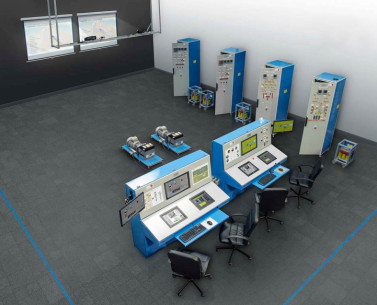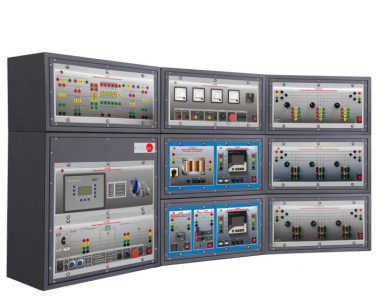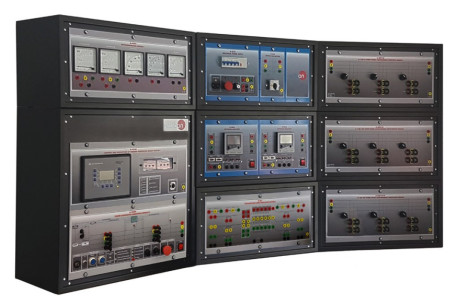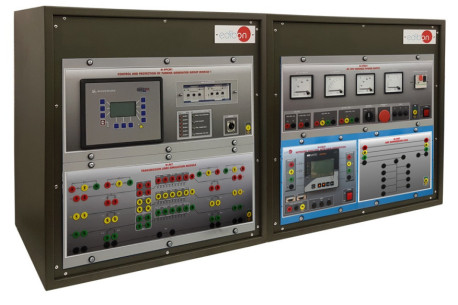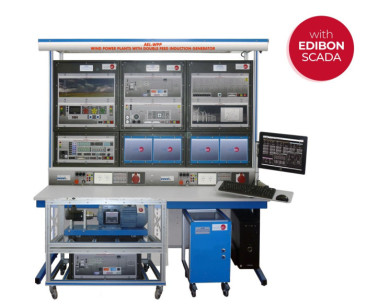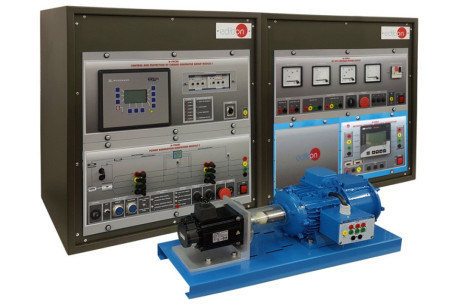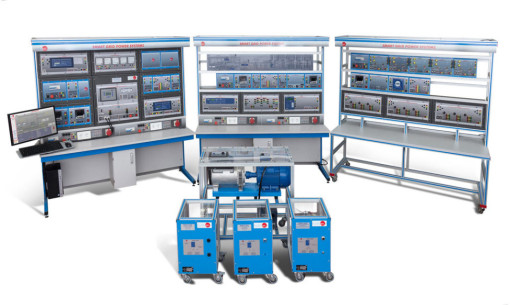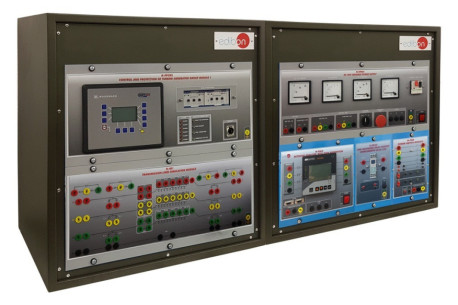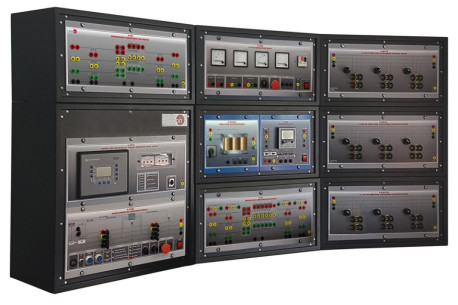SMART GRID. What is about?
What is a SMART GRID?
- Generation, consisting of all the power stations.
- Transmission lines at very high voltage (from two hundred up to four hundred kilovolts) and the substations where it is connected to the distribution system at a lower voltage.
- Distribution lines and substations to supply to the end-customer.
An Electrical Grid refers only to items 2 and 3, but with the new smart bidirectional meters, all protection and control devices and the wide use of Internet, the grid has become an intelligent (smart) grid.
On the other side, in the electrical system, generation and demand must be kept in perfect balance as there is no storage possibility, and the three magnitudes of the system: frequency, voltage and current have to be between the its stablished upper and lower limits and changes on them have to be done almost instantly.
How started the SMART GRID?
Initially, Smart Grid began with the Advanced Metering Infrastructure (AMI) which is the system for measuring, storing, and analyzing the energy usage data . The four parts of AMI technology are: smart meter, wide area monitoring, meter data communication and home area networks. AMI technology improved dramatically the efficiency of the energy metering and benefitted the smart grid development. Later other capabilities were enhanced such as:
- Control of Distributed Generation (DG) access.
- Self healing of the grid outages.
- Improved security to reduce disturbances.
- Better maintenance.
New SMART GRID Generation:
But, on this new era, big challenges are ahead, such as variable renewable generation, microgrids, intermittent loads and domestic generation on the demand side. All this requires new solutions for the system to be controlled.
Smart Grid is therefore information, control-end monitoring with all the electronic sensors, protections, communications, bidirectional counters and control computers of the grid, connected all together by Internet.
The apparition of FACTS (Flexible transmission Systems), Direct Current trunk grids and microgrids will get better the electrical system through the Smart Grid.
Main characteristics of the Smart Grid:
- Improved transmission electricity.
- A quicker service restoring after outages.
- Reductions of demand peaks.
- Integration at great scale of renewables energies.
- Participation of clients as producer-consumer on the grid.
How is SMART GRID changing our lives?
The Smart Grid is a fully connected electrical system that can organize all the elements of the power grid, solving the problems and supplying the customers efficiently in the most automatic and quick manner.
In short, the use of smart grid technologies will have a great impact in the near future, since it will not be only affecting network operators and grid users, but also individual homeowners, due to the bidirectional sense of the energy, used or produced. With the transition from a hierarchically controlled grid to a distributed controlled one end-users can either decide to consume or produce, becoming an active customers.
At EDIBON we develop products related to each of the three stages of the Smart Grid:
We can find products related to the first stage, which is related to power generation. In this section we would find products such as: AEL-MPSS, AEL-WPP, APS12, AEL-MGR.
In the second section, which is related to the transmission of the generated energy and the substations, we can also find EDIBON products, such as: AEL-TI-01 and AEL-SST-01
Finally in the third phase, which is related to the final consumer, we can also find EDIBON products such as the AEL-FUSG.
 Cookies首选项
Cookies首选项

